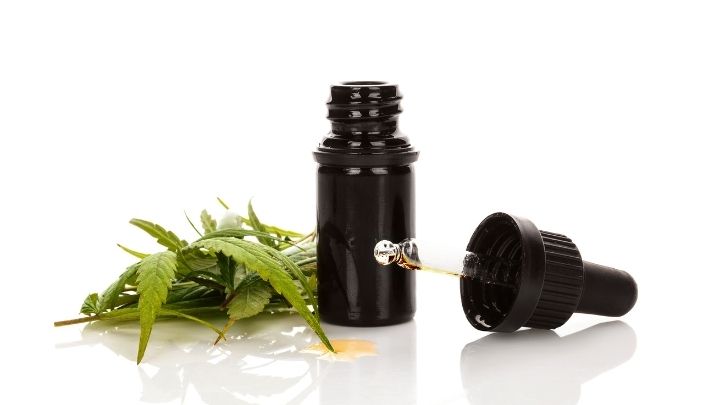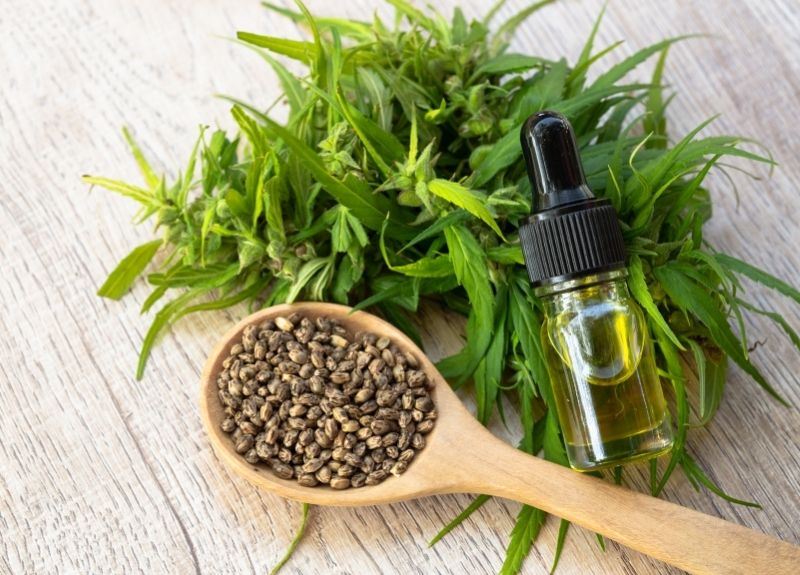Hash oil is a form of cannabis that is increasing in popularity. While some prefer joints or edibles, other people are vaporizing or “dabbing” concentrates in increasing numbers. You may know of hash oil under other names, including butane hash oil (BHO), honey oil, shatter, or wax. While there are plenty of other concentrates that do not fall under the “hash oil” umbrella, they are often interchangeable terms for cannabis consumers. For the sake of this article, we will use “hash oil” to refer to any cannabis concentrate that is primarily used for dabbing and vaporizing.
One reason that cannabis oil is increasing in popularity is because of its versatility. While it is common to vaporize these extracts, you can also smoke them and infuse them into edibles. Let’s explore what makes these potent cannabis concentrates so desirable.
 Understanding Cannabis Concentrates
Understanding Cannabis Concentrates
Technically, BHO is a category of concentrates, referring to the oil that is created by using butane as the main solvent during the extraction process. Common BHO concentrates include:
- Badder
- Crumble
- Sauce
- Shatter
There are many other cannabis concentrates that come from different processes, from using different solvents to foregoing solvents altogether. You may hear about these under names like distillate, live resin, and rosin.
Modern Cannabis Oil
While cannabis concentrates such as hashish and kief have been around for hundreds of thousands of years, the modern method of extracting and consuming cannabis oil has only been around since the 1970s. In his 1973 publication, Cannabis Alchemy: The Art of Modern Hashmaking, author D. Gold provides instructions on how to create a cannabis “honey oil” using alcohol and activated charcoal as solvents. The final product is a semi-transparent amber-colored oil that looks similar to dark honey.
Besides the unique extraction process, the main difference between cannabis oil when compared to flowers and edibles is its high potency. A recent study in the state of Colorado shows that cannabis concentrates often contain more than 95% THC, while flower generally ranges from 17–28% THC.
 Vaporizing Hash Oil with a Dab Rig
Vaporizing Hash Oil with a Dab Rig
Vaporizing cannabis oil results in a flavorful taste and is easier on the lungs compared to smoking actual plant matter. This is because vaporization maintains important components of the hash oil, like cannabinoids and terpenes. Here is what you’ll need to vaporize your extracts:
- Dab rig: Although they are similar in design to bongs, dab rigs are generally smaller and come with glass “bangers” or “nails” instead of bowl pieces.
- Dab tool: This is a small scooper that you use to scrape your cannabis oil out of its container and apply it to the nail (after you heat it up with a torch).
- Dab cap: This is a dome-shaped glass piece that covers the nail once you place your extract into the nail. This traps the vapor and helps you get as much into your lungs as possible.
- A torch: You use this to heat up the nail before applying the oil with your dabber.
If you are just starting to dab, start with a tiny drop of hash oil on your dab tool. Additionally, be careful when using the torch and heating the nail, as improper use can result in serious burns, fires, or explosions.
Smoking Hash Oil in a Joint or Pipe
You can also smoke hash oil with a joint, bong, or hand pipe simply by adding it to your flower. This is a simple way to add an extra kick to your smoke session.
When rolling a joint, simply drop some cannabis oil on the ground cannabis that is already in the rolling paper. If you prefer a bong or hand pipe, all you have to do is drop some of your extracts on top of the cannabis in your bowl.
Once you are ready, light your joint or bowl and inhale!
 Making Edibles with Cannabis Oil
Making Edibles with Cannabis Oil
Another upside of cannabis concentrates is that you can infuse them into your homemade edibles. This knowledge especially comes in handy if you end up with old cannabis oil. Aging cannabis concentrates can be tasteless and harsh to vaporize or smoke. So why not use them to make your own potent edible confections?
Before you add cannabis oil to your recipe, determine whether you need to decarboxylate – or decarb – it. (If your concentrate was already exposed to heat during the manufacturing process, as is the case with most RSO and distillates, you can skip this step.)
Decarbing involves heating up the concentrate, turning non-psychoactive THCa into euphoric THC. There are many methods to heat up your concentrates, including in the oven on a baking sheet, or on the stove in a large stockpot. For the best taste and consistency, you’ll also want to choose an infusing oil to use, such as coconut oil, canola oil, or butter.
Versatile and Potent
Whether you call it honey oil or hash oil, you can learn to utilize these extracts as part of your cannabis consumption methods. How you consume cannabis oil depends on your personal preferences and access to particular smoking (or cooking) accessories.





No Comments